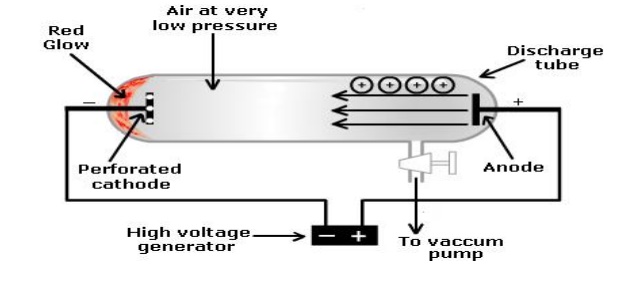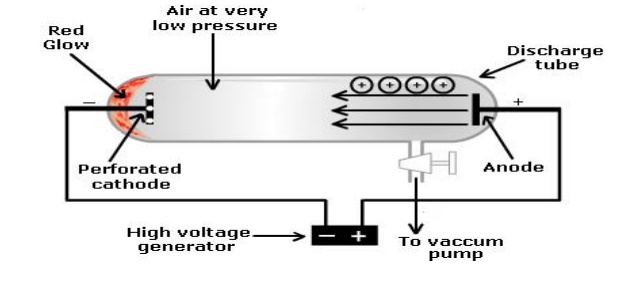Chapter: Electric Energy Generation and Utilisation and Conservation : Illumination
Gaseous discharge lamps

Gaseous discharge lamps:
Gas-discharge lamps are a family of artificial light sources that generate light by sending an electrical discharge through an ionized gas, i.e. a plasma. The character of the gas discharge critically depends on the frequency or modulation of the current: see the entry on a frequency classification of plasmas. Typically, such lamps use a noble gas (argon, neon, krypton and xenon) or a mixture of these gases. Most lamps are filled with additional materials, like mercury, sodium and/or metal halides. In operation the gas is ionized and free electrons, accelerated by the electrical field in the tube, collide with gas and metal atoms. Some electrons in the atomic orbitals of these atoms are excited by these collisions to a higher energy state. When the excited atom falls back to a lower energy state, it emits a photon of a characteristic energy, resulting in infrared, visible light, or ultraviolet radiation. Some lamps convert the ultraviolet radiation to visible light with a fluorescent coating on the inside of the lamp's glass surface. The fluorescent lamp is perhaps the best known gas-discharge lamp.

Gas-discharge lamps offer long life and high efficiency, but are more complicated to manufacture, and they require auxiliary electronic equipment such as ballasts to control current flow through the gas. Due to their greater efficiency, gas-discharge lamps are replacing incandescent lights in many lighting applications.
Related Topics